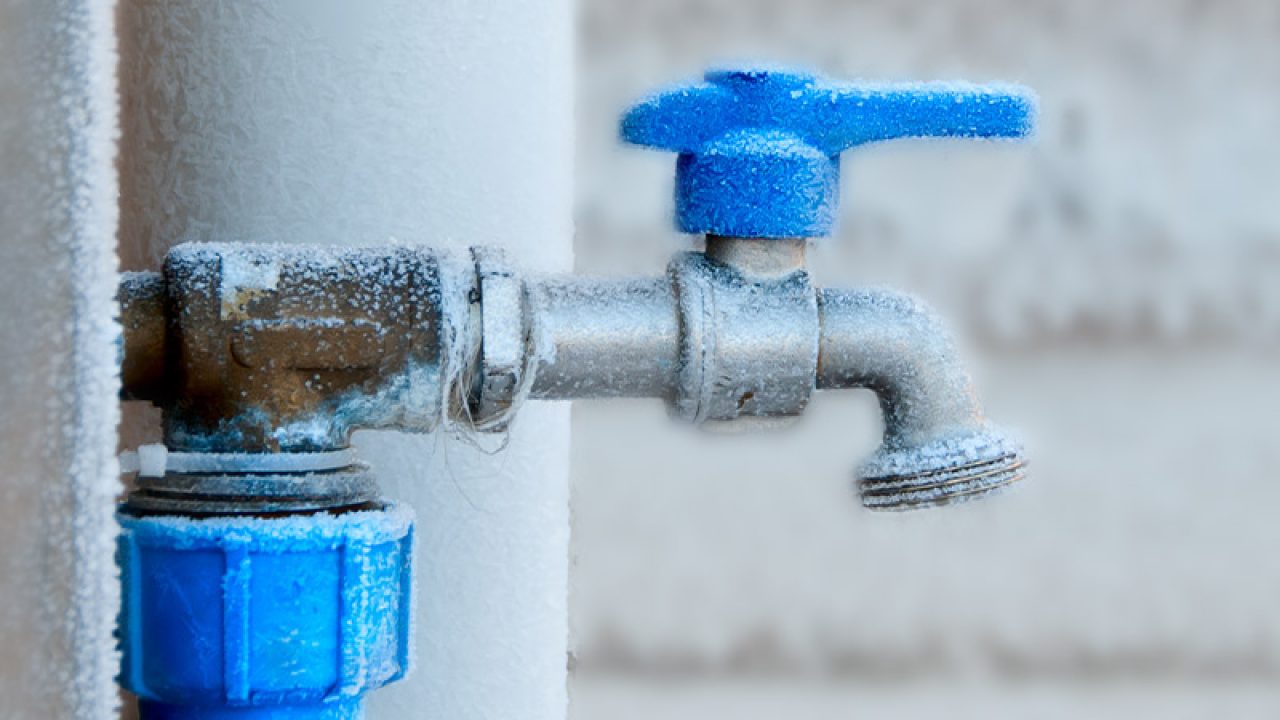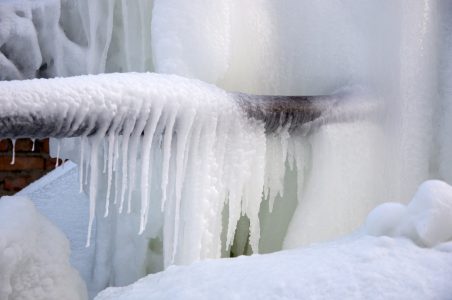We have unearthed this great article on How To Avoid Freezing Pipes listed below on the web and figured it made sense to write about it with you on my blog.

Winter can damage your plumbing, particularly by freezing pipelines. Right here's how to avoid it from taking place and what to do if it does.
Introduction
As temperatures decrease, the danger of icy pipelines increases, potentially resulting in pricey repair services and water damages. Comprehending just how to stop icy pipes is important for property owners in chilly climates.
Comprehending Icy Pipelines
What causes pipes to freeze?
Pipelines ice up when revealed to temperatures below 32 ° F (0 ° C) for extended periods. As water inside the pipes freezes, it broadens, taxing the pipe walls and possibly triggering them to rupture.
Dangers and problems
Frozen pipelines can lead to water interruptions, residential property damage, and pricey repair services. Ruptured pipes can flood homes and create comprehensive architectural damage.
Signs of Frozen Pipeline
Recognizing icy pipelines early can prevent them from bursting.
How to identify icy pipes
Seek decreased water circulation from taps, unusual smells or sounds from pipes, and noticeable frost on subjected pipelines.
Avoidance Tips
Shielding prone pipelines
Cover pipes in insulation sleeves or use warmth tape to protect them from freezing temperature levels. Focus on pipes in unheated or outside areas of the home.
Home heating methods
Keep interior spaces appropriately warmed, particularly areas with pipes. Open closet doors to permit warm air to flow around pipes under sinks.
Protecting Outdoor Pipes
Yard pipes and outside taps
Detach and drain pipes garden tubes before winter. Set up frost-proof faucets or cover outside taps with shielded caps.
What to Do If Your Pipes Freeze
Immediate actions to take
If you presume frozen pipelines, maintain faucets open to soothe pressure as the ice thaws. Utilize a hairdryer or towels taken in hot water to thaw pipelines slowly.
Long-Term Solutions
Structural adjustments
Think about rerouting pipelines away from exterior wall surfaces or unheated areas. Include extra insulation to attics, cellars, and crawl spaces.
Upgrading insulation
Invest in top quality insulation for pipelines, attic rooms, and walls. Proper insulation assists maintain constant temperature levels and decreases the threat of icy pipes.
Verdict
Avoiding icy pipelines calls for proactive steps and quick actions. By recognizing the reasons, signs, and preventive measures, home owners can shield their pipes throughout winter.
5 Ways to Prevent Frozen Pipes
Drain Outdoor Faucets and Disconnect Hoses
First, close the shut-off valve that controls the flow of water in the pipe to your outdoor faucet. Then, head outside to disconnect and drain your hose and open the outdoor faucet to allow the water to completely drain out of the line. Turn off the faucet when done. Finally, head back to the shut-off valve and drain the remaining water inside the pipe into a bucket or container. Additionally, if you have a home irrigation system, you should consider hiring an expert to clear the system of water each year.
Insulate Pipes
One of the best and most cost-effective methods for preventing frozen water pipes is to wrap your pipes with insulation. This is especially important for areas in your home that aren’t exposed to heat, such as an attic. We suggest using foam sleeves, which can typically be found at your local hardware store.
Keep Heat Running at 65
Your pipes are located inside your walls, and the temperature there is much colder than the rest of the house. To prevent your pipes from freezing, The Insurance Information Institute suggests that you keep your home heated to at least 65 degrees, even when traveling. You may want to invest in smart devices that can keep an eye on the temperature in your home while you’re away.
Leave Water Dripping
Moving water — even a small trickle — can prevent ice from forming inside your pipes. When freezing temps are imminent, start a drip of water from all faucets that serve exposed pipes. Leaving a few faucets running will also help relieve pressure inside the pipes and help prevent a rupture if the water inside freezes.
Open Cupboard Doors
Warm your kitchen and bathroom pipes by opening cupboards and vanities. You should also leave your interior doors ajar to help warm air circulate evenly throughout your home.

As a keen person who reads about Prevent Frozen Pipes , I assumed sharing that excerpt was worth the trouble. If you enjoyed reading our blog entry plz do not forget to pass it around. We take joy in reading our article about 6 Ways to Prevent Frozen Pipes.
Explore